
Fact check: Trump’s latest fake history about the war in Ukraine
 \
\
President Donald Trump claimed Monday that he knew why Russian troops weren’t able to enter Kyiv in the days after they invaded Ukraine in 2022. Russia’s tanks, Trump said, got destroyed by missiles “because the tanks got stuck in the mud.”
“You know, they would’ve been in Kyiv in four hours going down the highway. But a Russian general made a brilliant decision to go through the farmland instead,” he said, sarcastically criticizing the supposed general.
This is fake history, as military analysts and various Ukrainians have pointed out since the president began making similar claims months ago. In reality, Russia tried and failed to make it to Kyiv using roads and highways. Its tanks were thwarted by fierce Ukrainian resistance and logistical problems in addition to muddy conditions.

“Russian forces used roads and highways as much as possible during the initial invasion, and took heavy losses on many of them. Russian tanks did get stuck in the mud during the initial invasion, but this was often after they struggled to advance along roads,” said Rob Lee, a senior fellow in the Foreign Policy Research Institute’s Eurasia Program who has closely followed military tactics during the war. “One of the factors that hindered Russia’s invasion is that there were not many good highways and roads leading from Belarus to Kyiv, which canalized their forces.”
When CNN asked the White House for comment, an official responding on condition of anonymity noted Thursday that Russian tanks did get stuck in mud during and even before the invasion. The official provided links to some articles that mentioned this happening.
D.C. police chief remains in command under deal with Trump administration
But even one of those articles clearly contradicted Trump’s claim that Russia didn’t make it to Kyiv because it chose not to use highways. The article said, “The Russians invaded using Ukraine’s major highways expecting a blitzkrieg-like attack that would leverage speed and overwhelming firepower to capture the capital city of Kyiv.”
Lee, emphasizing that sentence, added Friday: “Russian tanks did get stuck in the mud and there may have been cases when Russian commanders chose to drive through fields, but the Russian invasion plan emphasized driving along highways to reach the key cities, including Kyiv, as fast as possible. They generally drove through fields after trying to use roads and highways.”
Trump’s phony narrative about the Russian invasion is only the latest in a long line of false claims from the president about the war. Among other things, Trump has this year:
- Repeatedly used imaginary figures to incorrectly make it seem as if the US has provided far more aid to Ukraine than Europe has; the opposite is true.
- Falsely said he was speaking “in jest” and being “sarcastic” when he solemnly promised dozens of times during his 2024 campaign to immediately end the war if he was elected.
- Used inaccurate numbers to understate Ukrainians’ support for President Volodymyr Zelensky early in the year and overstate their support for a negotiated end to the war today.
- Falsely claimed Ukraine started the war that was actually started by Russia.
- Falsely claimed Zelensky admitted half of US aid money went missing, though Zelensky made no such comment.
As Trump prepares to meet with Russian President Vladimir Putin in Alaska on Friday, here’s a quick fact check of these Trump claims.
US aid vs. European aid
Trump has made the claim over and over again. The US, he keeps asserting, has given Ukraine triple or more the amount of wartime aid that Europe has – $350 billion from the US compared to just $100 billion from Europe.
“Biden gave them $350 billion. Europe gave $100 billion. It should be much more than that,” Trump said Monday, adding, “They should have had equalization, but they didn’t.” He repeated these figures Thursday: “We spent $350 billion …They spent $100 billion.”
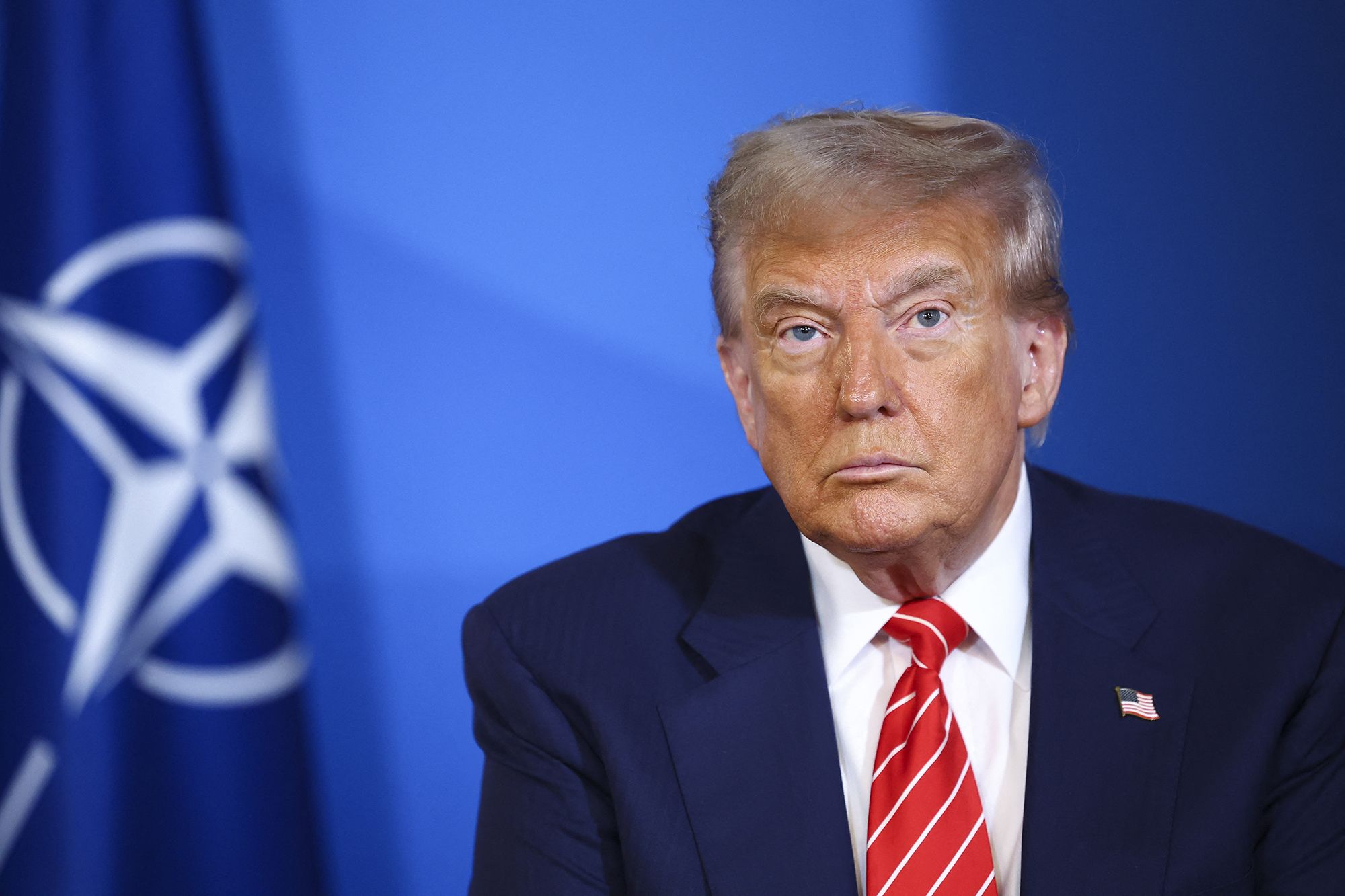
Trump’s claim is not only wrong but a reversal of reality. In fact, as numerous fact checks have pointed out, Europe has done more than equalize – it has given more wartime aid to Ukraine than the US has.
According to figures from the Kiel Institute for the World Economy, a German think tank that tracks the aid data, Europe – the European Union plus individual European countries – collectively allocated about $195 billion in military, financial and humanitarian aid to Ukraine from late January 2022 through June 2025; the US allocated about $134 billion for Ukraine over the same period (all figures are at Thursday exchange rates). The gap was even bigger in aid committed to Ukraine as opposed to aid actually allocated: about $300 billion committed by Europe compared to about $139 billion committed by the US.
It’s possible to arrive at different numbers using different methods of counting aid, but no reasonable method has corroborated Trump’s “$350 billion” US figure. The US government inspector general overseeing the Ukraine response says on its website that the US had appropriated about $185 billion for the Ukraine response through March 2025, including about $90 billion actually disbursed. That included funding spent in the US for weapons and defense services or sent to countries other than Ukraine.
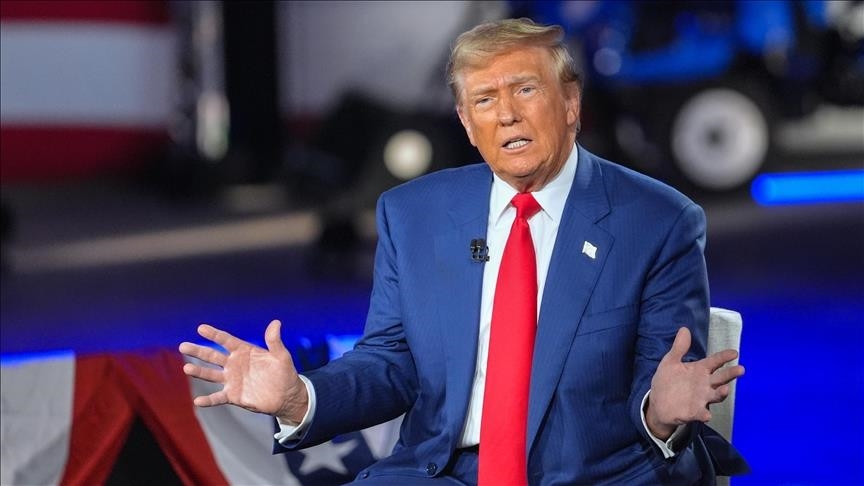
When CNN asked the White House for comment on the president’s $350 billion claim, the official, responding on condition of anonymity, cited the inspector general’s figure – in the vicinity of $185 billion. The official also noted that the inspector general’s website has pointed out the US provided about $20 billion in loans as part of a G7 initiative.
That’s all fair, but it doesn’t get close to Trump’s $350 billion figure. So how did the White House official try to get closer?
With some nonsensical math – that added in a whole bunch of things that are not assistance to Ukraine.
Specifically, the official counted more than $90 billion in inflation felt by US households after the Russian invasion of Ukraine; a $16 billion decline in US exports to Russia amid US sanctions; and more than $7 billion in increased fertilizer costs after the Russian invasion drove up prices.
It’s obvious that none of this actually supports Trump’s claim that the US has provided Ukraine with $350 billion in aid. It’s particularly absurd to count the inflation experienced by Americans as US assistance to Ukraine.
D.C. police chief remains in command under deal with Trump administration
Trump’s campaign promise to immediately end the war
When Trump was reminded in a Time interview in April that he had pledged to end the war on “day one,” he responded, “I said that figuratively, and I said that as an exaggeration,” and that “obviously, people know that when I said that, it was said in jest.” In June, he claimed his promise to end the war within 24 hours of returning to office “was sarcastic.”
It’s often hard to determine Trump’s intent behind a given statement. In this case, it isn’t. An extensive body of evidence makes clear Trump’s promise wasn’t sarcastic, jesting or figurative. It was a solemn, direct, specific pledge.
CNN found 53 instances of Trump declaring on the campaign trail, in an entirely serious tone, manner and context, that he would end the war either within 24 hours of his return to the White House or even sooner than that, as president-elect.

Here’s a typical quote, from his 2024 debate against then-President Joe Biden: “I will have that war settled between Putin and Zelensky as president-elect before I take office on January 20. I’ll have that war settled. People being killed so needlessly, so stupidly. And I will get it settled, and I’ll get it settled fast before I take office.”
You can read the 52 additional examples here.
Who started the war
Trump claimed in February that Ukraine started the war, saying, “You should’ve never started it. You could’ve made a deal.” In reality, Russia started the war by launching its full-scale invasion in 2022 (after annexing the Ukrainian peninsula of Crimea in 2014). Trump’s February assertion that Ukraine started the war was publicly corrected by his former vice president Mike Pence, plus several Republican lawmakers.
Trump used different rhetoric later in the year, saying in April, “Biden could’ve stopped it, Zelensky could’ve stopped it, and Putin should’ve never started it.” The White House official correctly noted Thursday that “the President has expressed his frustration with Putin numerous times.”
/https%3A%2F%2Fengelsbergideas.com%2Fwp-content%2Fuploads%2F2023%2F02%2FZelensky.jpg)
Zelensky’s approval rating
In February, during a period in which Trump was aggressively criticizing Zelensky, he claimed Zelensky was “down at 4% approval rating.”
That wasn’t close to accurate.
Sixty-three percent of respondents said they approved of Zelensky in a poll conducted in Ukraine from late November to early January, by a group of academics in partnership with a prominent Ukrainian pollster. And 57% of respondents said they trusted Zelensky in a February poll conducted by that pollster, the Kyiv International Institute of Sociology.
Recent polling suggests Zelensky remains at a similar level of public support. A Gallup poll conducted in early July found 67% of respondents said they approved of Zelensky, and a Kyiv International Institute of Sociology poll conducted in late July and early August found 58% of respondents said they trusted Zelensky – down from his 2025 peak of 74% in May but in the vicinity of his figures earlier in the year and most of last year.
Johnson: GOP will ‘defy history when we grow the majority in the House’
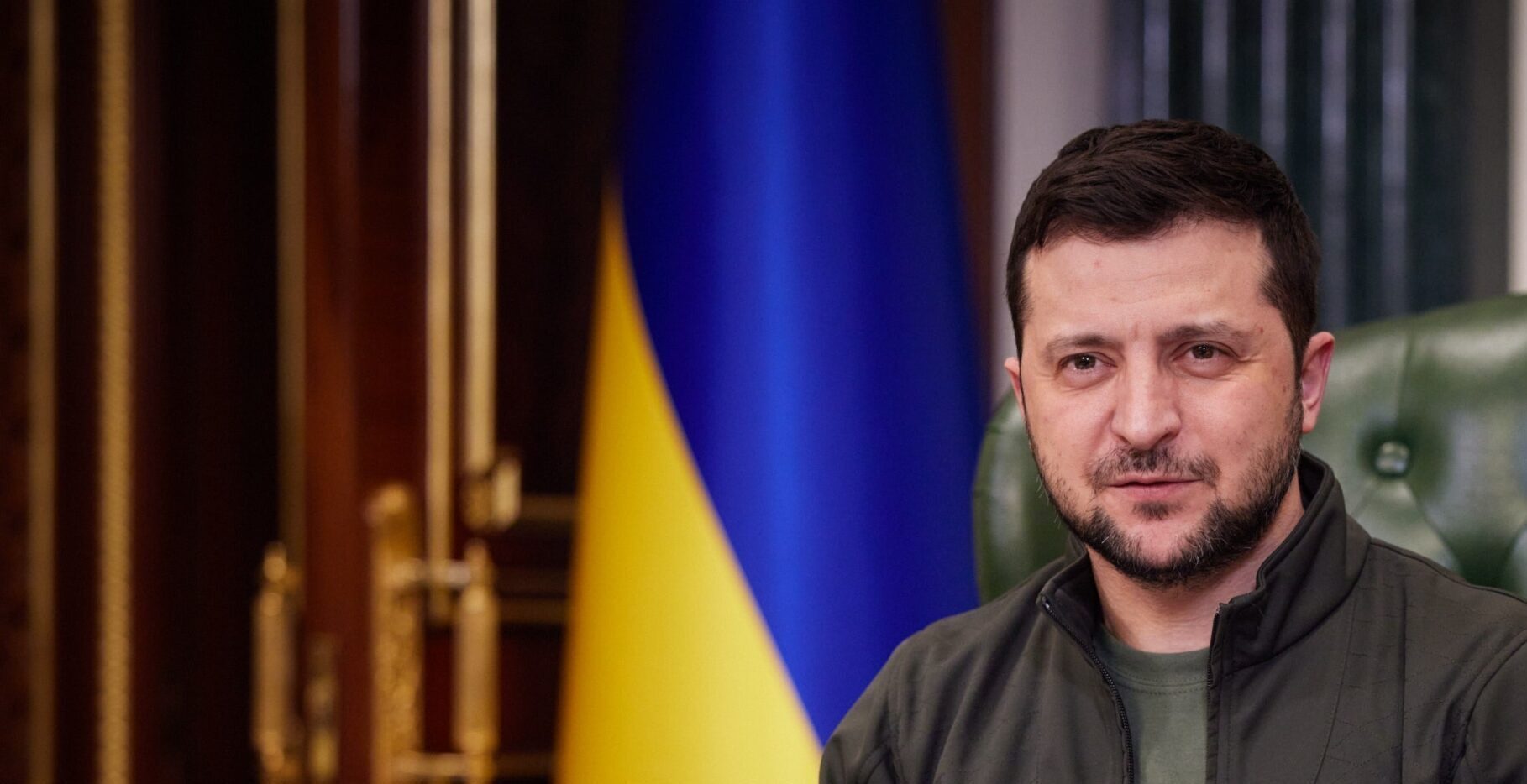
Ukrainian support for a quick end to the war
Trump claimed Monday: “I’ve seen a poll coming out of Ukraine: 88% of the people would like to see a deal made. And if you go back three years, everybody was gung-ho for war.”
Trump was right that Ukrainian support for a negotiated quick end to the war has soared since 2022. However, it’s not “88%” in any public poll CNN could find. The Gallup poll in early July found 69% of respondents supported Ukraine seeking to negotiate an end to the war as soon as possible – a new high in Gallup polling, and way up from 22% in 2022, but still far from Trump’s figure.
When CNN asked the White House what “88%” poll Trump was referring to, the official said that the president’s claim is corroborated by the Gallup poll – whose figure, again, is 69%. The official said, “The President is right. The overwhelming majority of Ukrainians want to see a negotiated end to the war as soon as possible, as evidenced in this Gallup poll.”
If Trump had said “overwhelming majority,” his claim would have been accurate. But he said “88%,” which was inaccurate.
For context, it’s also worth noting that the Gallup poll did not ask Ukrainians what kind of deal to end the war they would support; Olga Onuch, a University of Manchester professor who conducts polling in Ukraine, noted that Gallup’s finding wasn’t that 69% of respondents are “willing to accept territorial concessions.” The Kyiv International Institute of Sociology poll in late July and early August found widely varying levels of support for different potential proposals, with strong opposition to ideas previously floated by Russia.

Zelensky and aid money
During his February barrage of criticism against Zelensky, Trump falsely claimed on social media that Zelensky “admits that half of the money we sent him is ‘MISSING.’”
Zelensky never said that. Rather, in comments mischaracterized by some viral social media posts, Zelensky took issue with inflated claims about how much US cash Ukraine had received.
Zelensky told the Associated Press in February that although people talked about Ukraine getting as much as $200 billion in US aid, Ukraine had actually received about $76 billion, largely in the form of weapons. Zelensky said he didn’t know where all the supposed additional money had gone and that perhaps these higher figures were correct “on paper,” according to a translation by the news outlet Ukrainska Pravda.
That was not a confession that half of US cash had vanished. In reality, Zelensky was saying what experts in the US and elsewhere had repeatedly pointed out – that a large chunk of US support for Ukraine is not in the form of money handed to the Ukrainian government.
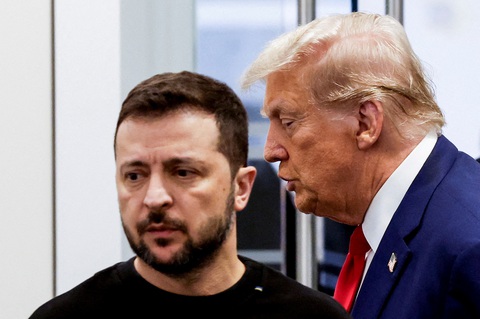
The White House official claimed Thursday that “Zelensky did say” what Trump claimed he said. But Zelensky simply didn’t. As supposed evidence, the official linked to a Washington Post article that noted Trump’s claim did not describe “exactly what Zelensky said.”
The Post article explained how Zelensky’s comments were in line with the fact that tens of billions of the US funds counted as Ukraine assistance were “not earmarked for Ukraine” but instead were spent on “sending equipment through drawdowns from U.S. stockpiles, enhancing U.S. military capabilities, humanitarian aid funneled through organizations in Europe, including for refugees, global food security, sanctions enforcement, economic aid through the World Bank and more.”
Biden warns ‘these are dark days’ under Trump administration
Trump and Putin leave Alaska with no Ukraine deal
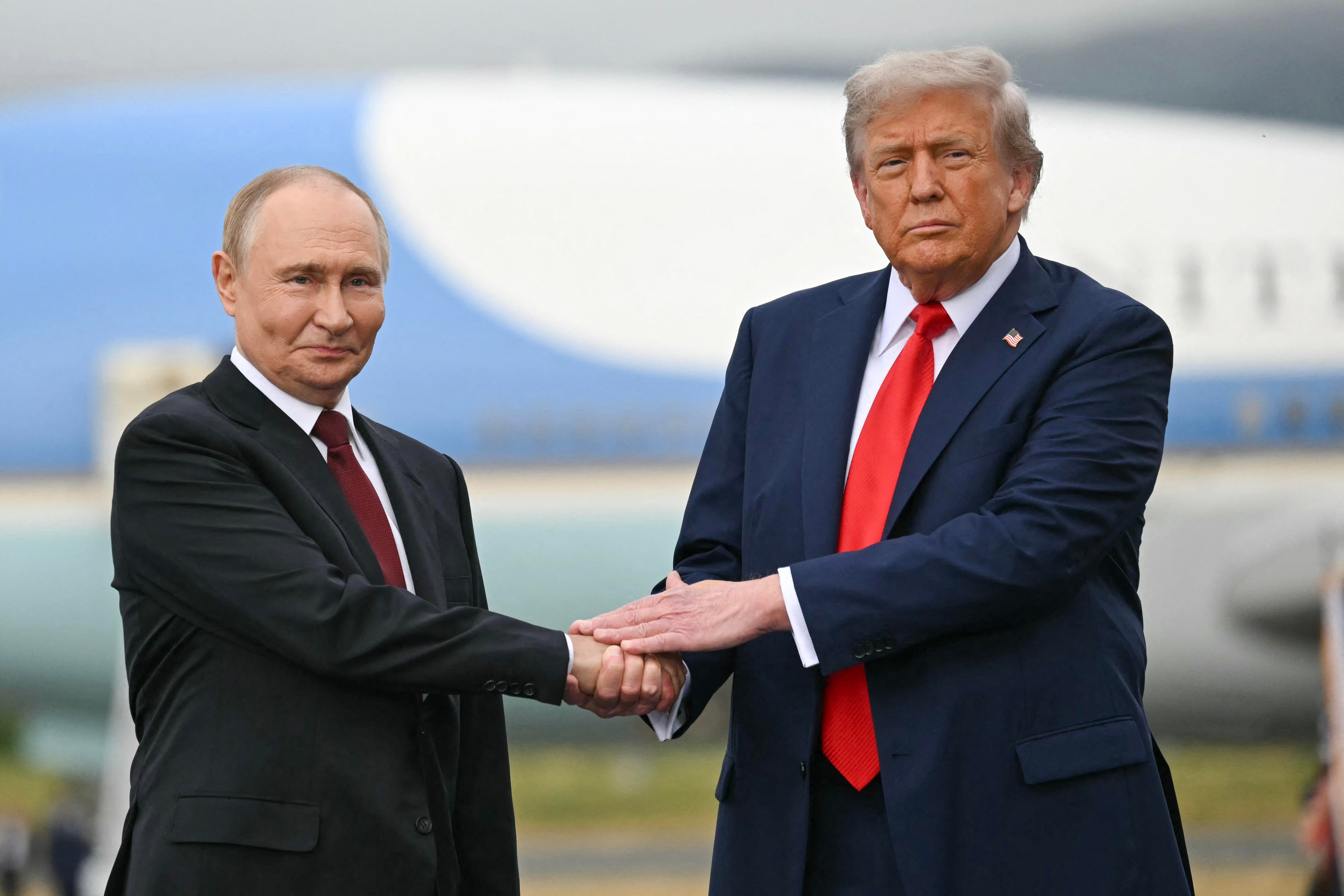
US President Donald Trump has left Alaska without a deal to end the war in Ukraine, following a high-stakes meeting with his Russian counterpart Vladimir Putin.
“There’s no deal until there’s a deal,” Trump told the world’s media following the meeting, adding that “great progress” was made but “we didn’t get there”.
On his flight back to Washington he held a call with Ukraine’s President Volodymyr Zelensky, who later said he would travel to Washington on Monday. European leaders were also on the call.
Despite the fanfare around the summit – and Trump’s confidence in being able to achieve a ceasefire – no tangible progress was made towards a resolution to the war in Ukraine.
Every stage of the leaders’ arrival at Joint Base Elmendorf-Richardson in Anchorage was carefully choreographed.
Putin, who is facing an International Criminal Court arrest warrant for alleged war crimes in Ukraine, stepped off his jet and onto a red carpet to be warmly greeted by Trump.
Over the roar of a B2 bomber overhead, the two leaders posed for photos before climbing in Trump’s presidential vehicle, known as The Beast.
But despite the pageantry and public shows of geniality – as well as the Kremlin’s earlier estimate that the meeting could last six or seven hours – Trump and Putin emerged less than three hours later with just a joint statement to the press.

Putin said that, in order to make a “settlement lasting and long-term, we need to eliminate the root causes of the conflict” in Ukraine.
The phrase indicated that Putin has not budged from his longstanding position that Ukraine should withdraw from four regions partially occupied by Russia – Donetsk, Luhansk, Kherson and Zaporizhzhia – and give up its efforts to join the Nato military alliance.
Zelensky has ruled out retreating from the four embattled region, warning that would leave the door open for an emboldened Russia to mount another offensive in the future. Moscow launched its full-scale invasion of Ukraine more than three years ago, after annexing the Crimean peninsula in 2014.
Putin also urged Ukrainians and Europeans to “not throw a wrench” into the peace process. Trump remained silent as his guest spent about eight minutes addressing the media.
After being given the floor, the US president said he had a “fantastic relationship with President Putin. Vladimir,” switching to the Russian leader’s first name.
Even though “many points were agreed to”, he said, “a few” remain, adding that “one is the most significant” – without specifying what that key sticking point was. Neither took questions.
The two also did not attend the planned bilateral “working lunch” that was set to follow the talks.
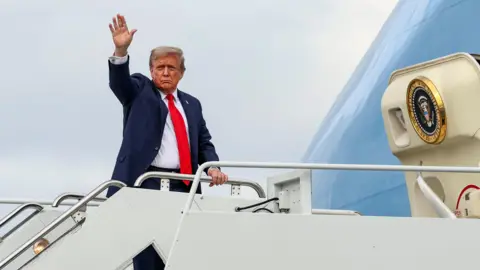
An interview on Fox News after the meeting offered few additional details.
The meeting went “very well”, Trump told host Sean Hannity, adding “maybe we’ll have a good result”.
Heading into the Alaska meeting, Trump had threatened “very severe consequences” if his Russian counterpart did not agree to end the war. In July, he said he’d impose 100% secondary tariffs targeting Russia’s remaining trade partners if a peace deal with Ukraine was not reached within 50 days.
But questioned on Fox News over where the meeting left those threats, Trump said: “We don’t have to think about it today.”
“Maybe in two weeks, three weeks,” he said, “but the meeting went very well.”
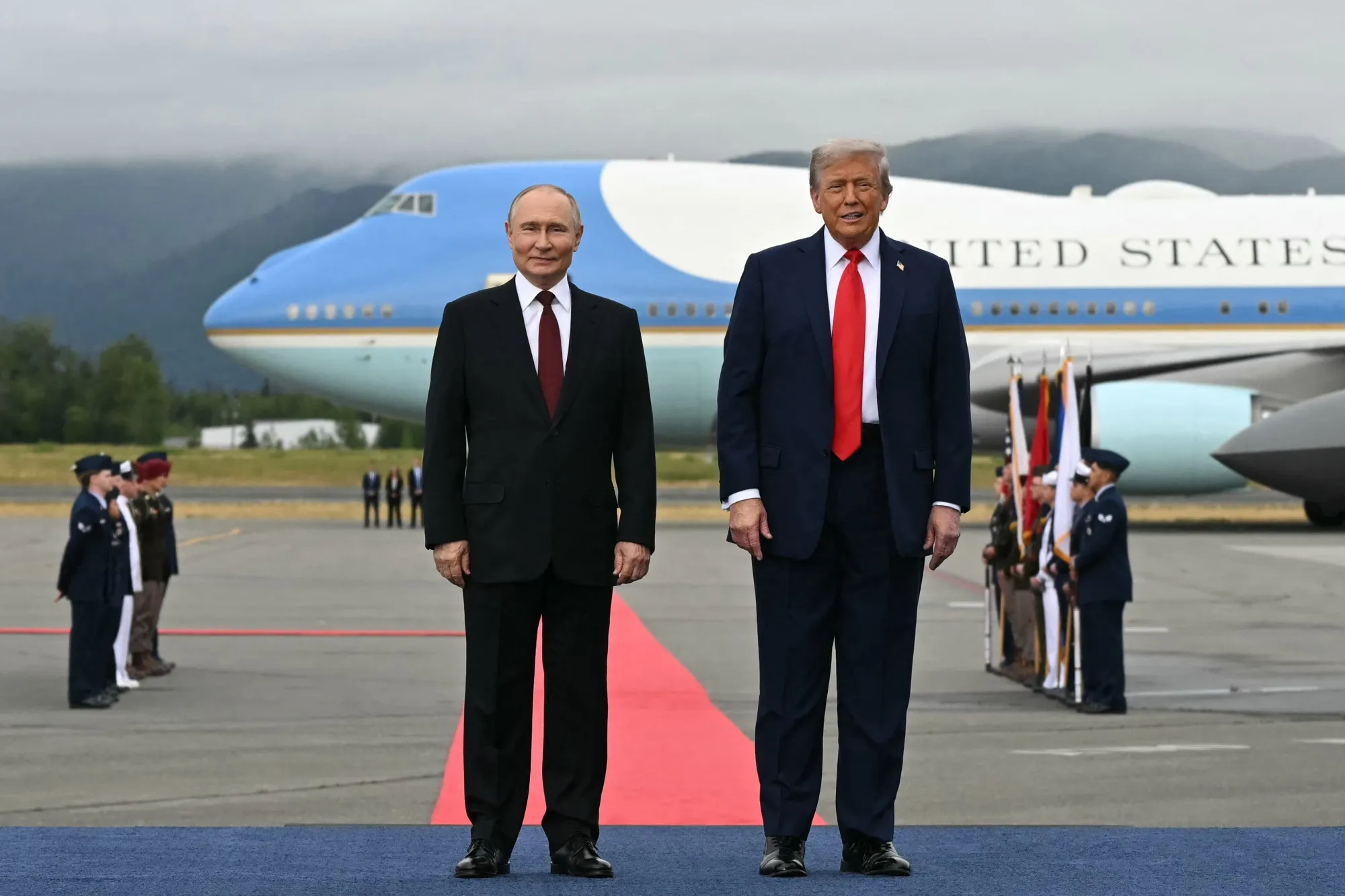
Asked about a possible trilateral summit including Zelensky, Trump said: “They both want me there and I’ll be there,” without giving a date or location for meeting.
Conspicuously absent from the Alaska meeting was the Ukrainian leader who, like Putin, has elicited a range of reactions from Trump since he returned to the Oval Office.
The two had a lengthy call on the flight back to Washington DC, before other Nato leaders including UK Prime Minister Sir Keir Starmer joined the conversation.
Zelensky said he would travel to Washington on Monday to meet Trump, and that he supported Trump’s proposal for a trilateral meeting.
He noted “positive signals from the American side regarding participation in guaranteeing Ukraine’s security” – something European allies have called for as part of a combined effort to prevent another conflict.
Those in Ukraine may breathe a sigh of relief that no deal that would cede territory to Russia had been reached.
But they may also be alarmed that Putin continued to use rhetoric that seeks to justify the original objective of the invasion – to dismantle Ukraine as an independent state.
D.C. police chief remains in command under deal with Trump administration
Takeaways from Trump and Putin’s summit in Alaska
With fighter jets, a red carpet and a hopeful slogan — “Pursuing Peace” — plastered on the wall, President Donald Trump welcomed his Russian counterpart Vladimir Putin for a summit in Alaska on Friday whose results remained entirely unclear once it abruptly ended.
After meeting for nearly three hours, the two men emerged to proclaim progress. But they exited their scheduled news conference without explaining what, exactly, they have achieved.
One thing that was evident: There was no deal made. And the ceasefire Trump said he wanted in place when the summit ended was far from becoming a reality as he increasingly put the onus on Ukrainian President Volodymyr Zelensky to “make a deal.”
“There were many, many points that we agreed on – most of them, I would say,” Trump said at the news conference, speaking after Putin. “A couple of big ones that we haven’t quite gotten there, but we’ve made some headway.”
“There’s no deal until there’s a deal,” Trump pronounced.
He and Putin departed the stage without answering questions.
It was an inconclusive end to a showy summit that — for all its unknowns — did seem to decisively welcome Putin back into the diplomatic fold.
Still, for all of the pomp and protocol, the indications of how difficult Trump’s task will be were evident from the moment the meeting began.

Just as the presidents were greeting each other on the Elmendorf Air Force Base tarmac, alerts went out in Ukraine about incoming Russian drones and aircraft — a sign of Putin’s intent to keep up his war, even as Trump was lavishing him with trappings of respect on US soil.
Ghislaine Maxwell told DOJ Trump never did anything concerning around her: Sources
Here are key takeaways from Friday’s summit in Anchorage:
Progress but not a deal
Both Trump and Putin offered a vague accounting of a meeting that stretched for hours.
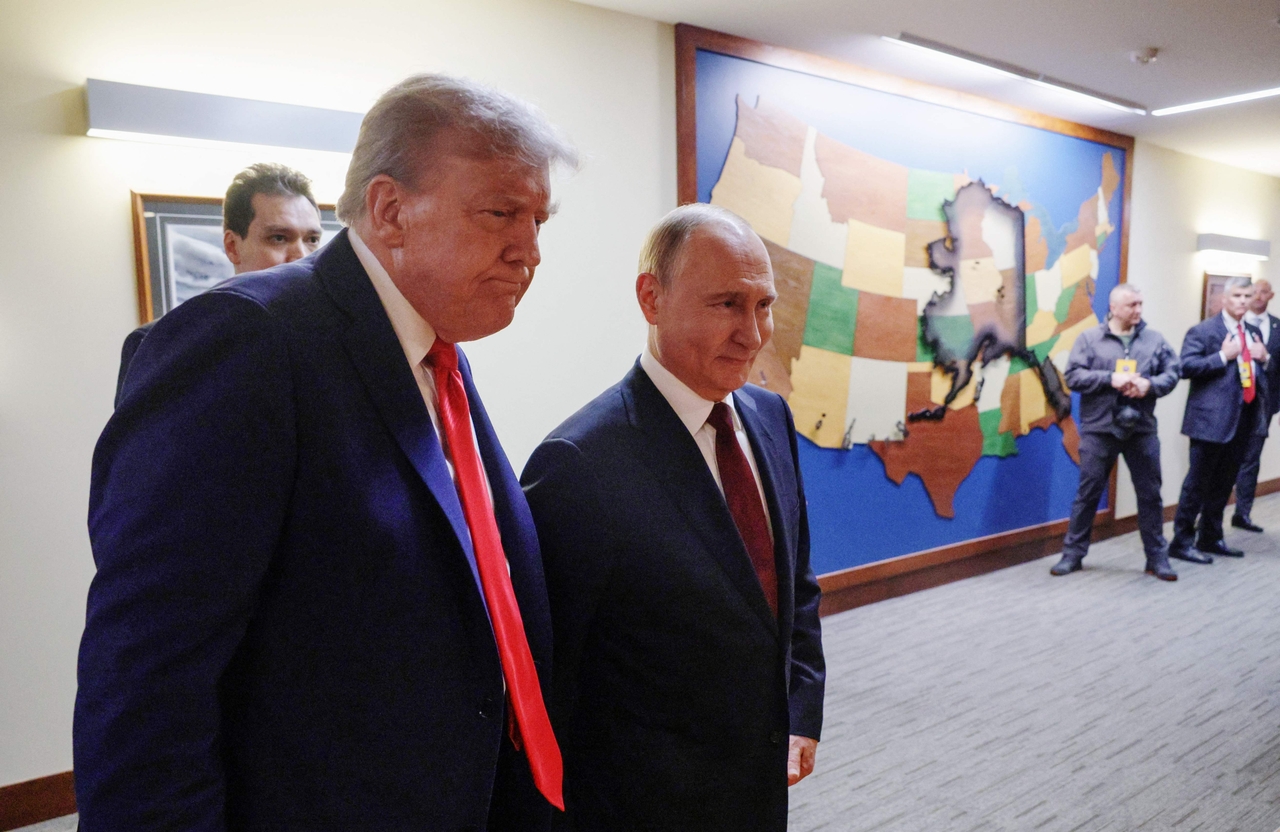
“We had an extremely productive meeting, and many points were agreed to,” Trump told reporters. “There are just a very few that are left. Some are not that significant. One is probably the most significant, but we have a very good chance of getting there. We didn’t get there, but we have a very good chance of getting there.”
In an interview immediately after the summit, Trump was asked by Fox News’ Sean Hannity about territorial concessions that would give Russia land it didn’t previously have and about potential US security assurances for Ukraine.
“Well, I think those are points that we negotiated, and those are points that we largely have agreed on,” Trump said without elaborating.
He stressed that Ukraine “has to agree to it.” Asked what his advice was for Zelensky, Trump responded: “Gotta make a deal.”
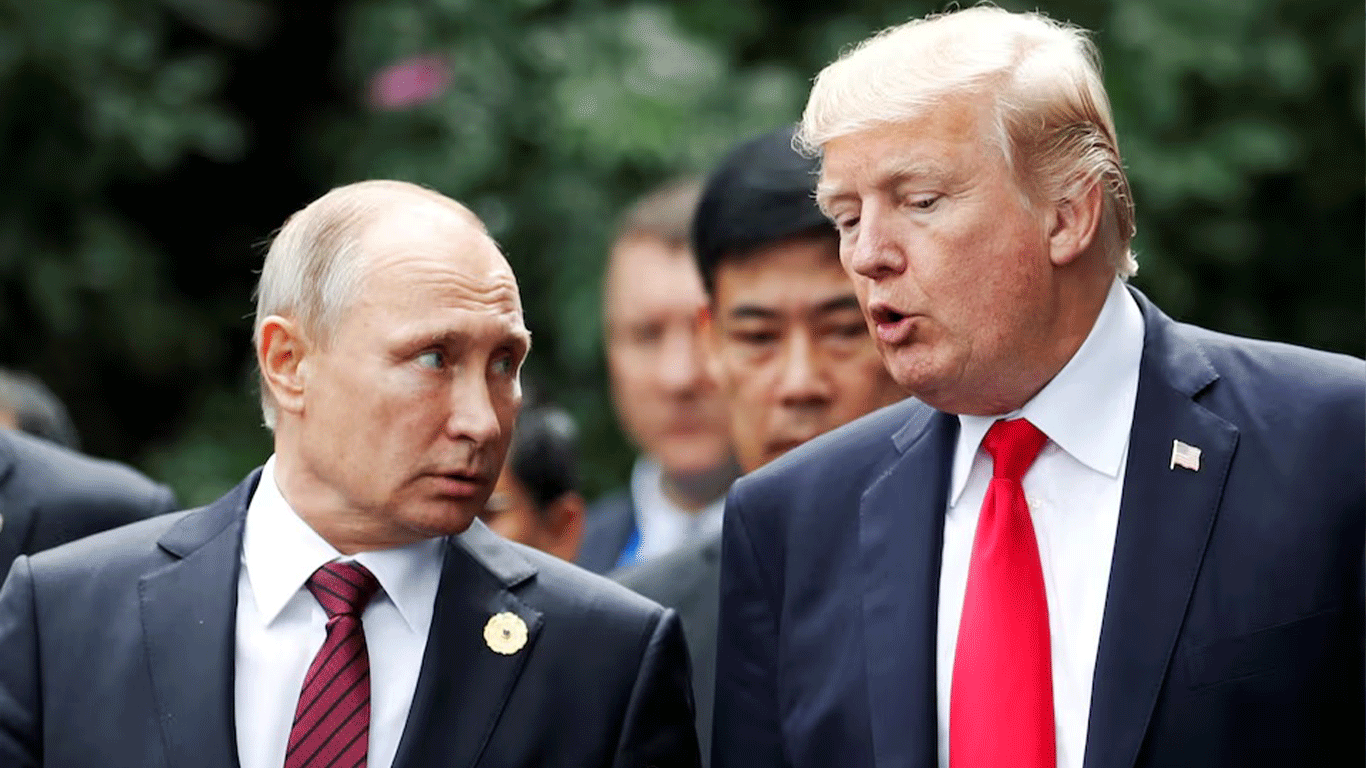
In the lead-up to the talks, it was always clearer what an unsuccessful outcome would look like than a successful one. Trump had vowed to “walk” if he didn’t like what Putin was saying, threatened to downgrade the joint news conference to a solo appearance and said “severe” consequences would come for Moscow if the war didn’t end.
But as he flew to Anchorage, Trump said he didn’t know what success would look like — suggesting he would recognize it when he saw it.
It turns out, success was just as hard to identify after the summit as it was when it began.
Trump says he’ll be at potential Putin-Zelensky meeting
In his Fox interview, Trump said both Putin and Zelensky want him at a potential second meeting — which he had said before the summit would be his ultimate objective.
“They both want me there, and I’ll be there,” he told Hannity.
Trump said nothing about the prospect of a trilateral meeting at the news conference, only indicating he would get on the telephone with “the various people that I think are appropriate” — including Zelensky — to update them on the talks.

But the only forthcoming meeting mentioned during Trump and Putin’s joint appearance was a potential follow-up with the Russian leader.
“We’ll speak to you very soon, and probably see you again very soon,” Trump said.
“Next time in Moscow,” Putin responded in English — a suggestion that would appear to exclude Zelensky from the discussion.
Putin back in from the cold
Soon after his arrival in the US, Putin’s grin as he peered out the window of Trump’s limousine said everything: after years of western isolation, he was back in the most powerful nation on earth.
It had been 10 years since Putin was last in America and several more since he was welcomed to the country for a major presidential summit. After he invaded Ukraine in 2022, the Russian leader was made a pariah by many leaders, unwelcome in most western nations and even threatened with an arrest warrant by the International Criminal Court. (Alaska was a desirable location for the summit, in part, because the US is not a member of the ICC.)

But Putin’s isolation ended when his plane landed in Anchorage. With a red carpet welcome, a flyover of fighter jets and a round of applause from the US president himself, the message from Trump was clear: Putin was back in from the cold. Their smiling greeting was hailed on Russian state television as a “historic handshake.”
Though Putin is still not welcome in many places in Europe, the decision to host him by Trump — who oversees the world’s largest economy and its most powerful military — does more to erode attempts at diplomatic shunning than any other leader could attempt.
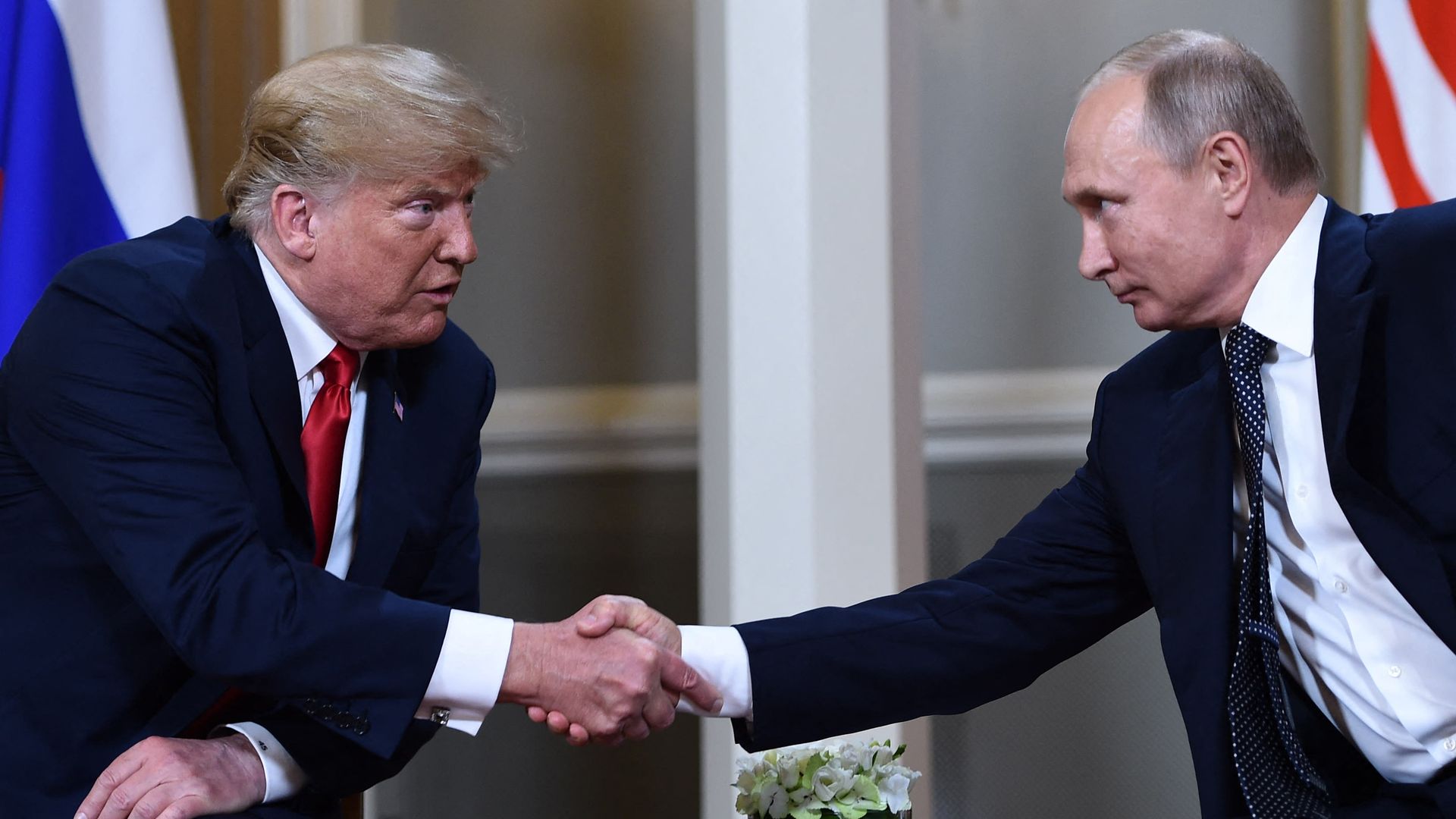
That became clearer when Putin climbed into Trump’s armored vehicle, an unusual gesture that seemed to capture in an instant the Russian leader’s return to global diplomacy. Even without any major progress, it was, for him, a victory.
Aides were added to what had been billed as a one-on-one
The surprise came just as Trump was landing: No longer would he be meeting Putin one-on-one, with only their translators present. Instead, two aides would join each leader for their bilateral talks.
That was different from earlier in the week, when the White House said the summit would include a one-on-one component. A US official said it was a late change but offered no explanation for why the format shifted.
Trump’s one-on-one meetings with Putin during his first term were shrouded in a degree of mystery. With only a translator inside the room, it was often unclear what exactly was discussed. Aides sometimes had a difficult time ascertaining if the two men reached any agreements. After one such meeting, in Germany, Trump asked his interpreter to discard his notes.

The addition of two aides to Friday’s session — Secretary of State Marco Rubio and US special envoy Steve Witkoff — could allow for greater clarity in the coming days, particularly if Russia offers an accounting of events that differs from the US perspective.
Still, there was one moment that only Trump and Putin will be able to recount: their brief ride in the presidential limousine from the tarmac to the room where the meeting took place. No one else was in the car with them except Secret Service agents — no advisers or even translators.
That leaves the contents of their brief chat known only to them.
D.C. police chief remains in command under deal with Trump administration

Under the accord presented by the two sides to U.S. District Judge Ana Reyes, Trump administration lawyers conceded that D.C. Mayor Muriel Bowser’s appointed police chief, Pamela Smith, would remain in command of the Washington, D.C., Metropolitan Police Department.
A revised directive Bondi issued late on Friday referred to Cole instead as her “designee” for purposes of directing the D.C. mayor “to provide such services of the Metropolitan Police Department as the attorney general deems necessary and appropriate.”
Those services, according to Bondi’s two-page order, would include assisting federal immigration enforcement, contrary to D.C. “sanctuary city” policies constraining metropolitan police department action on immigration.

TRUMP DECLARES CRIME ‘EMERGENCY’

Reporting by Sarah N. Lynch, Tim Reid, Jan Wolfe, Andy Sullivan, and Andrea Shalal. Writing by Tim Reid; Editing by Paul Thomasch, Diane Craft and Rosalba O’Brien
Explainer: Can Trump take control of Washington’s police?

WHO GOVERNS THE DISTRICT OF COLUMBIA?

WHO CONTROLS D.C. LAW ENFORCEMENT?
CAN TRUMP EXTEND POLICE CONTROL BEYOND 30 DAYS?
ARE THERE LIMITS TO TRUMP’S POWER OVER D.C. POLICE?

WHAT ABOUT THE NATIONAL GUARD AND FEDERAL AGENTS?
CAN TRUMP’S D.C. ACTIONS SERVE AS A MODEL FOR OTHER CITIES?
Reporting by Jan Wolfe in Washington; Additional reporting by Dietrich Knauth; Editing by Noeleen Walder, Will Dunham, Rod Nickel and Lincoln Feast
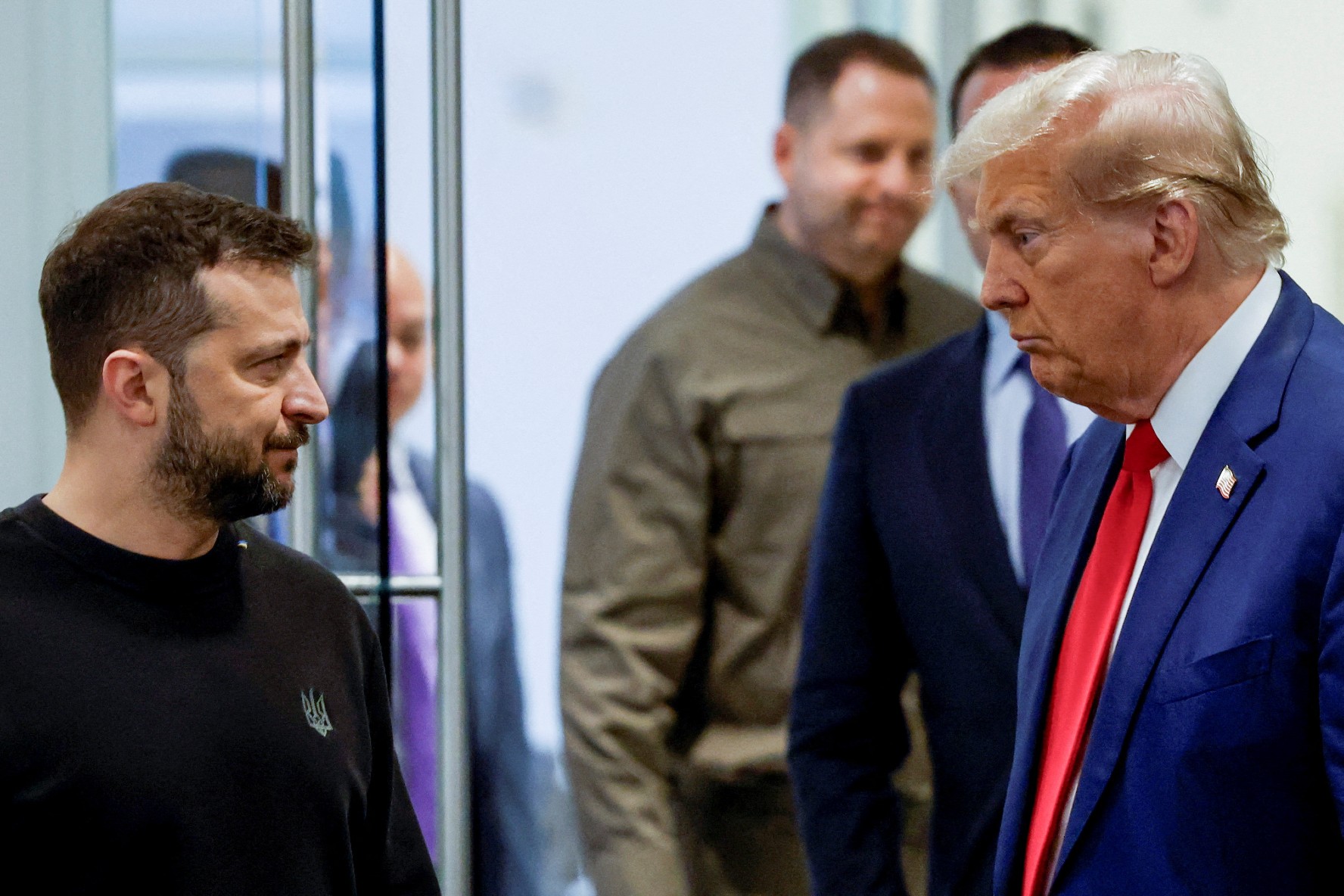






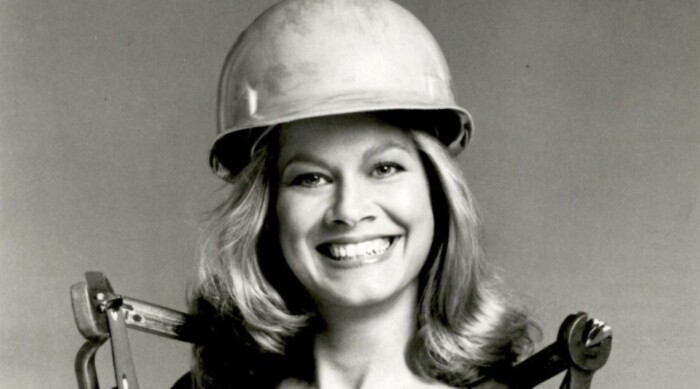


















:max_bytes(150000):strip_icc():focal(736x253:738x255)/Susan-Lucci-All-My-Children-012325-83f3caf4d43c439d9137226e36e1cf4f.jpg?w=1200&resize=1200,0&ssl=1)


















:max_bytes(150000):strip_icc():focal(749x0:751x2):format(webp)/Christianna-Apps-5-121825-ae06cb988405460987109364d7c522c3.jpg?w=1200&resize=1200,0&ssl=1)